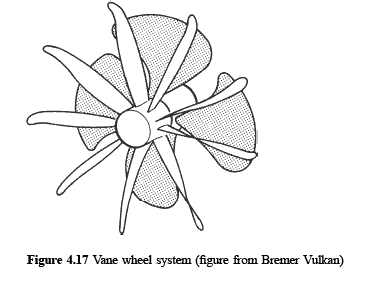- Joined
- 11 March 2006
- Messages
- 8,625
- Reaction score
- 3,807
The AE article about the Morane Saulnier Statodyne concepts mentioned, that for
those types, not equipped with twin engines (which eleminated torque due to their
installation face-to-face), the use of a "volant-turbine libre", translated as free-wheel
turbine was envisaged.
Anybodywho can explain to me, what was meant ? ???
I would assume, that the turbine would be fitted with a kind of additional stage, counter
rotating to the compressor/fan. But where could it be positioned ?
Generally, the term "free-wheel turbine" seems to have a different meaning .
those types, not equipped with twin engines (which eleminated torque due to their
installation face-to-face), the use of a "volant-turbine libre", translated as free-wheel
turbine was envisaged.
Anybodywho can explain to me, what was meant ? ???
I would assume, that the turbine would be fitted with a kind of additional stage, counter
rotating to the compressor/fan. But where could it be positioned ?
Generally, the term "free-wheel turbine" seems to have a different meaning .

